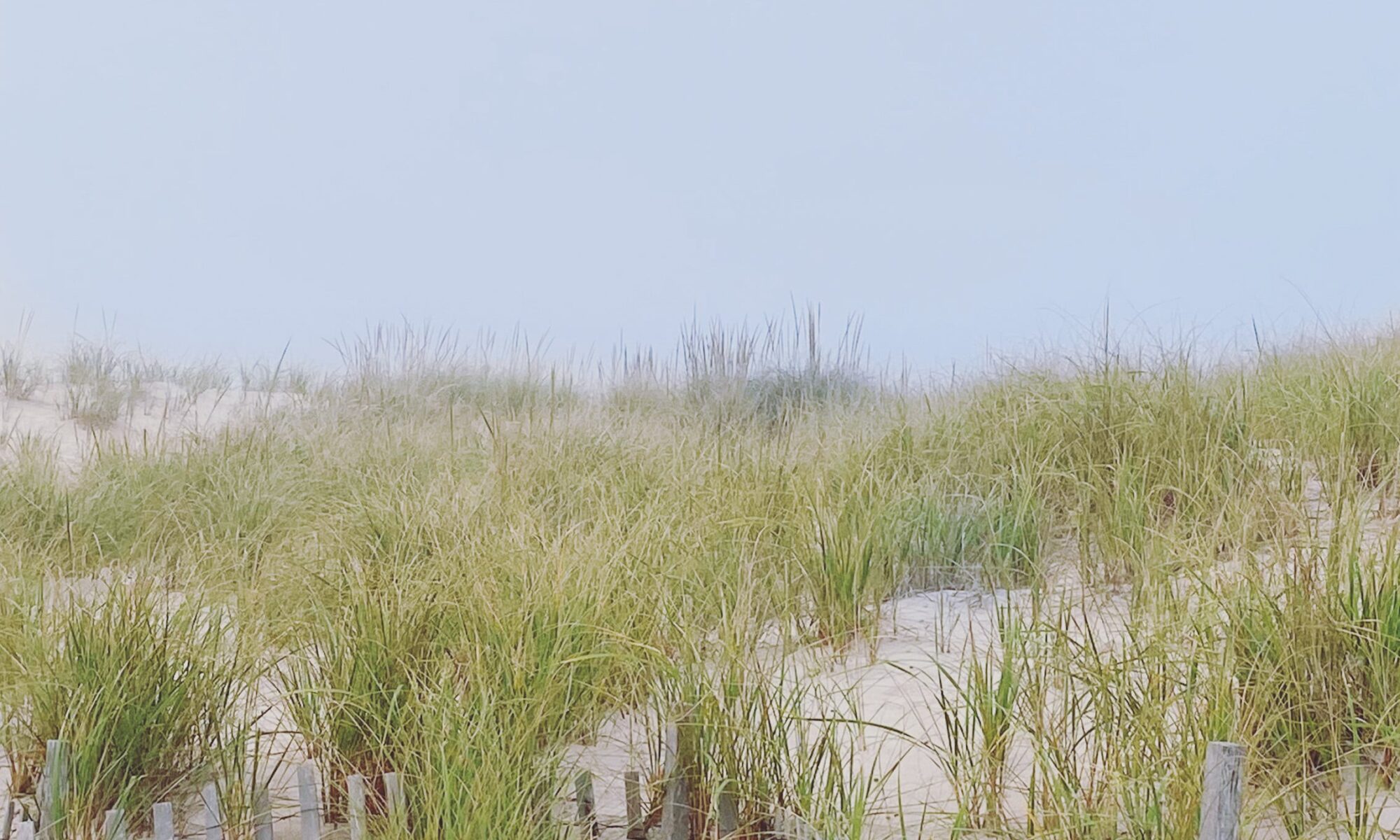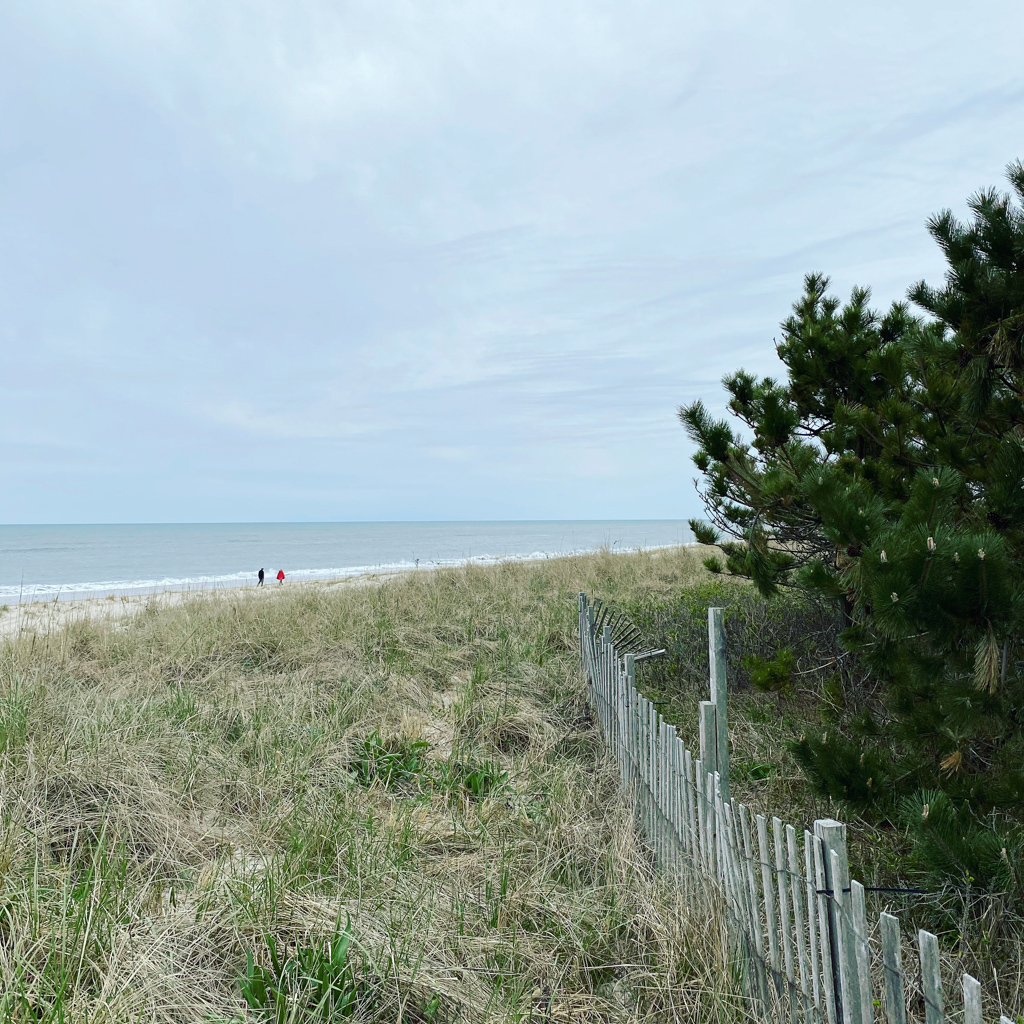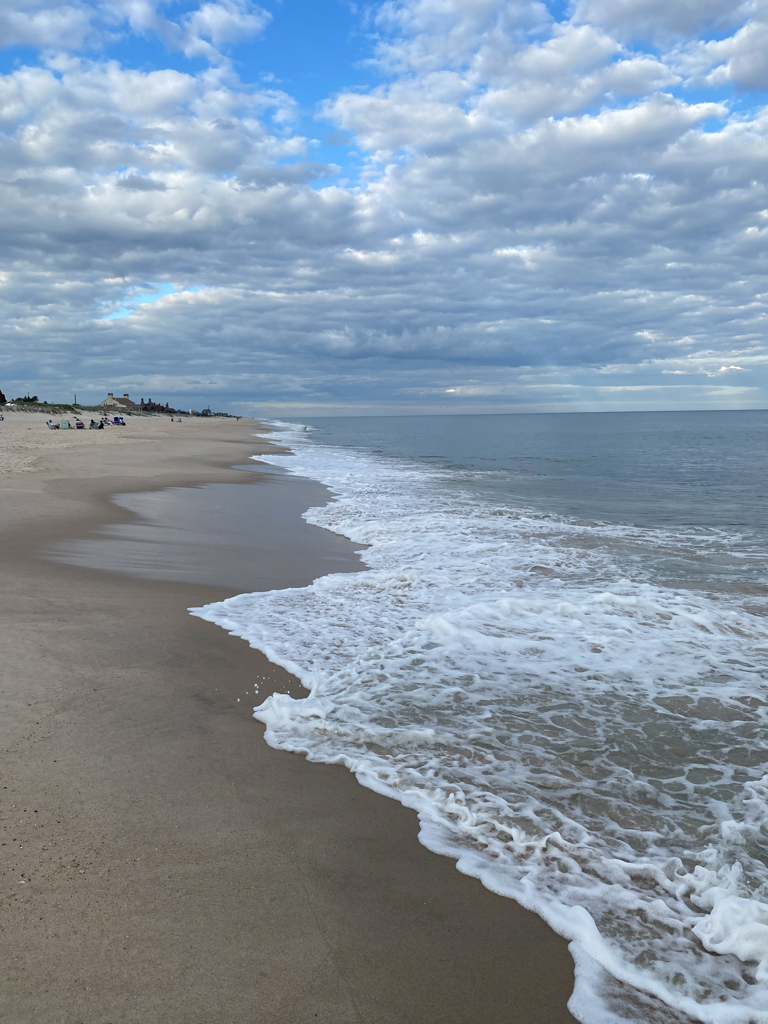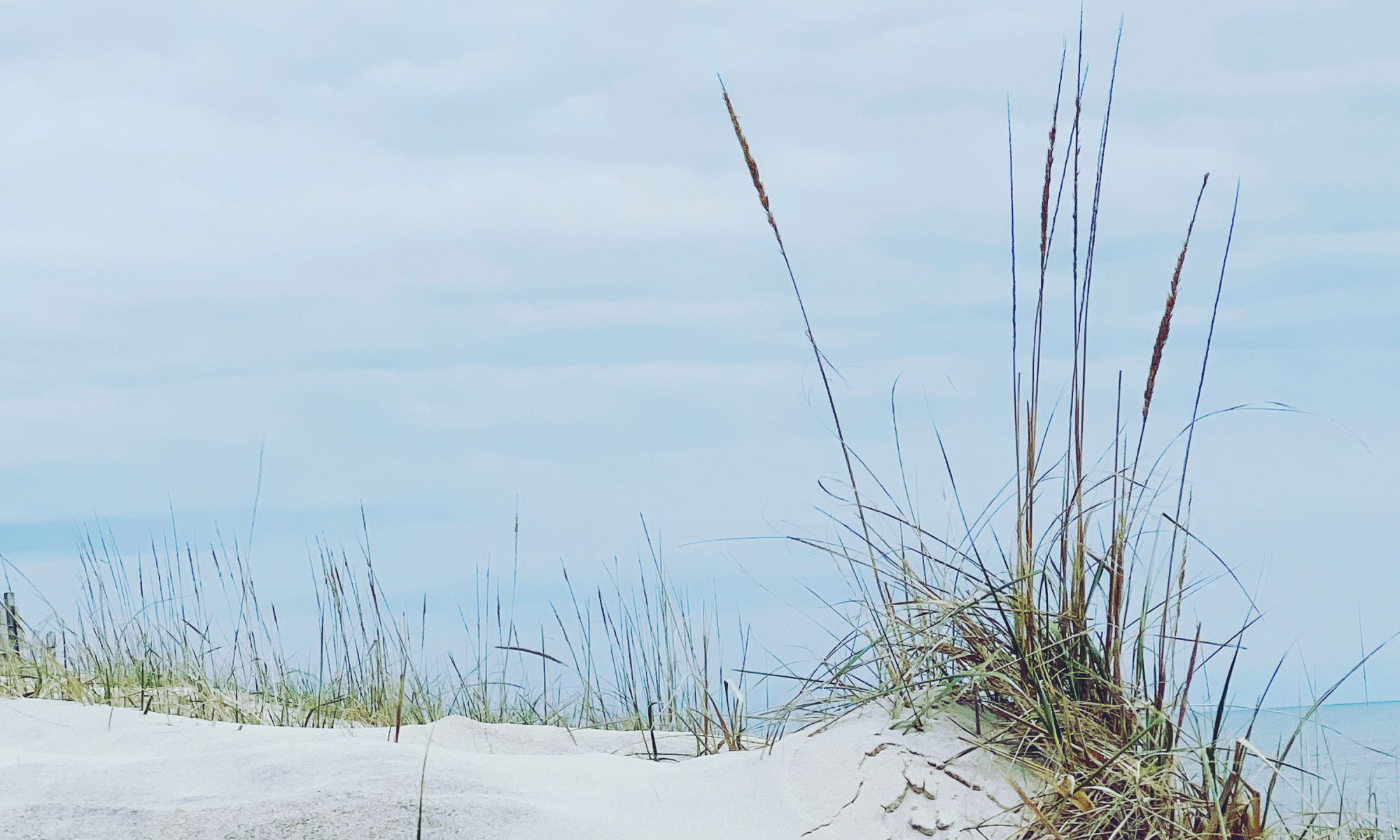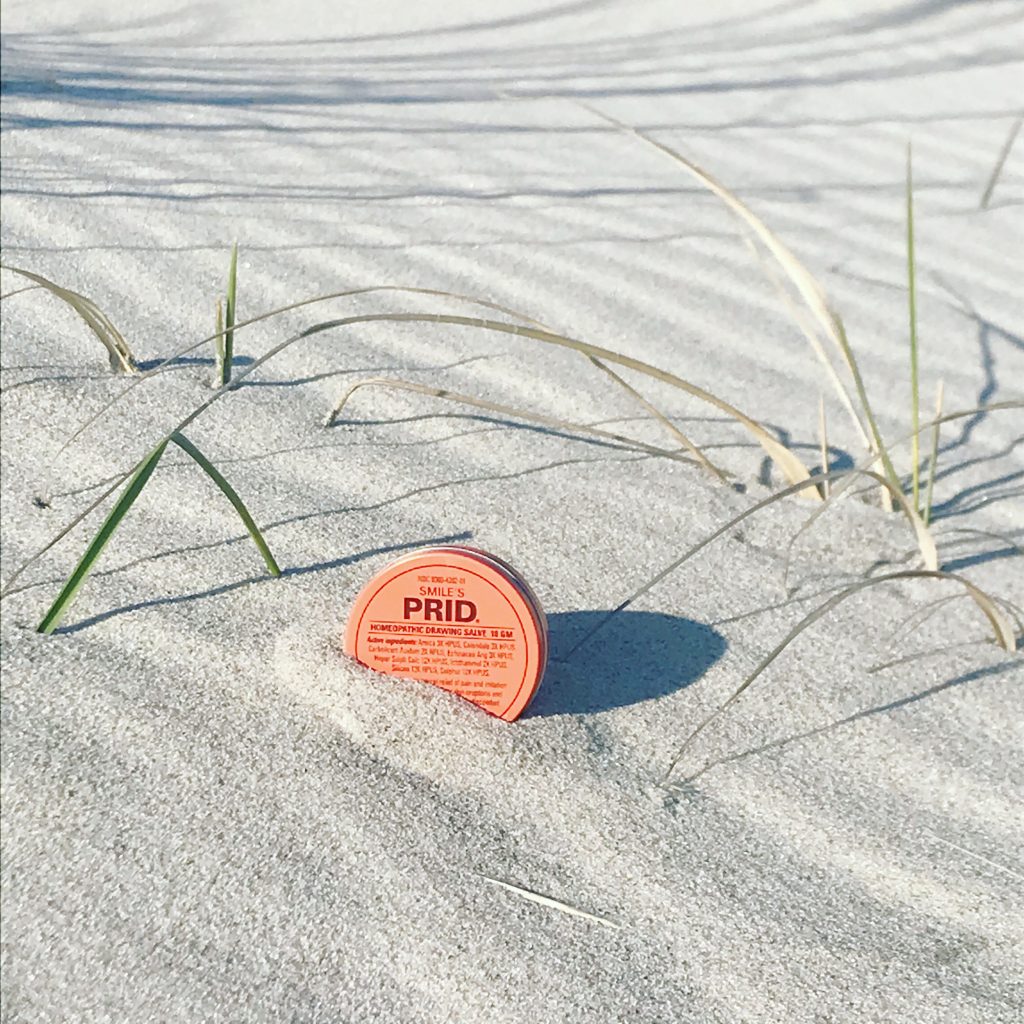I’m in the middle of testing cleansers for you. And a poorly-going test made me write a quick Instagram Story about exactly this. On thinking about it, it’s actually a rule I have to regularly remind myself as I often internalize pimples as my skin just doing its thing.
It’s a bad habit, but one I believed for a long, long time.
What I’ve come to find with sensitive skin is that’s often not true. It’s not you.
What it is instead, is a product – and more than likely an ingredient – that simply doesn’t work with our sensitive skin type.
As a General Rule
Don’t run around trying lots of products all at once. That’s mayhem for your skin. And you’ll also have no idea which product was the culprit.
Keep your routine relatively simple, especially when you’re first trying to figure out what ingredients do and do not work for you. Minimalism takes the guesswork out.
Also, consider finding products with relatively smaller ingredient lists. It’s not always easy to find, but these shorter lists help a lot when trying to deduce which ingredient your skin didn’t like. In the beginning, a 4-inch long list is a giant question mark when trying to figure out which ingredient your skin wasn’t liking.
Take a Minute
When you begin using a new product, keep a mild mental note of when you started trying it + generally how your skin looked at the start.
This doesn’t have to be scientific, just approximate. Such as: “I started it last Wednesday, the 5th-ish” or “I had some breakouts on my chin and forehead when I began”, whatever it is. A light mental note you’ll end up tossing in a couple of weeks.
Fast Forward After a Period of Just Fine
Your skin can try hard to be resilient for a while and then suddenly not be able to cope. The 2-2.5 week mark can be that line.
If you started seeing a low-grade breakout or just an increased breakout, try pausing the product you suspect caused it.
Crap. Which? That new product you started using 2 Wednesdays ago? Maybe that.
Yeah, it worked well the last week and a half or so. But that might have been a coping period.
Hit pause on that one + see what happens over the next week. You might find your skin clears in as little as 4 days and stays clear.
In my experience, what you’re looking for is signs of skin quality stability + also a relatively rapid return to normal when you pause a product.
You’ll start to notice when your skin is largely improving on its own and staying clear. That’s been my marker for “whoops found an ingredient”.
If You See a Relatively Rapid Improvement
Save the ingredient list of that product you paused.
It will help you figure out which ingredient tripped you up. You can do this several ways.
You can compare this ingredient list to the ingredient list of another product you suspect broke you out. See any overlaps? Within the overlaps, there might be your hidden ingredient. It will take some deducing.
If you haven’t already filtered them out, try using the Beginners Ingredient Removal List as a starting guide. If any of them were in the product, you can think of them as your tentative suspect ingredients.
A brief search of a suspect ingredient name and “breakout” or “causing acne” can help show if the ingredient is at all known for causing acne. Even if it “rarely” causes it. We’re the “rarely”, and that might (not definitely) be your suspect ingredient.
As you filter out the ingredients you suspect may have broken you out, you should be seeing an improvement and fewer stumbles.
It’s a process of elimination. Keep them on your suspect ingredient list until you think you’ve built a case for it being a definite trouble point for your skin. Trust me, those will make themselves clear.
Is It Possible to Use an Ingredient in Smaller Doses?
Sometimes, yes!
But half the struggle with sensitive skin is knowing which ingredients can be your trouble points.
From there, it’s coming to learn to what degree are they a trouble point.
It will take time to figure out which you can handle at a smaller dose and which you simply can’t handle full stop. But it will be clear. It’s an “each time you use that ingredient there’s chaos vs sometimes when you use that ingredient there’s chaos” kind of thing.
It might seem confusing right now, but it really does become easier. You’re learning to listen to your skin right now. As you learn the signs, they will guide you.
Remember
It’s 100% OK to avoid an ingredient with a cult following, if you find breakouts for you.
Just because there’s a volume of people swearing how great something was for them, does not mean it will work well for sensitive skin or you individually. And that’s completely alright.
Listen to your skin and trust what it’s telling you.
I know you bought the product and it’s a financial pain not to use it. Don’t let yourself feel guilty.
You can often repurpose it, assuming it’s not an allergy issue. Ever had a luxe leg treatment with a former face cream? Or serum? Ohh baby that’s some spa treatment right there!
Even if you truly can’t use it. Keep that ingredient list. It’s helped you get one step closer to finding what doesn’t work. That’s a huge part of conquering sensitive skin.
Remember: You’re awesome. Don’t feel guilty. It’s OK.

